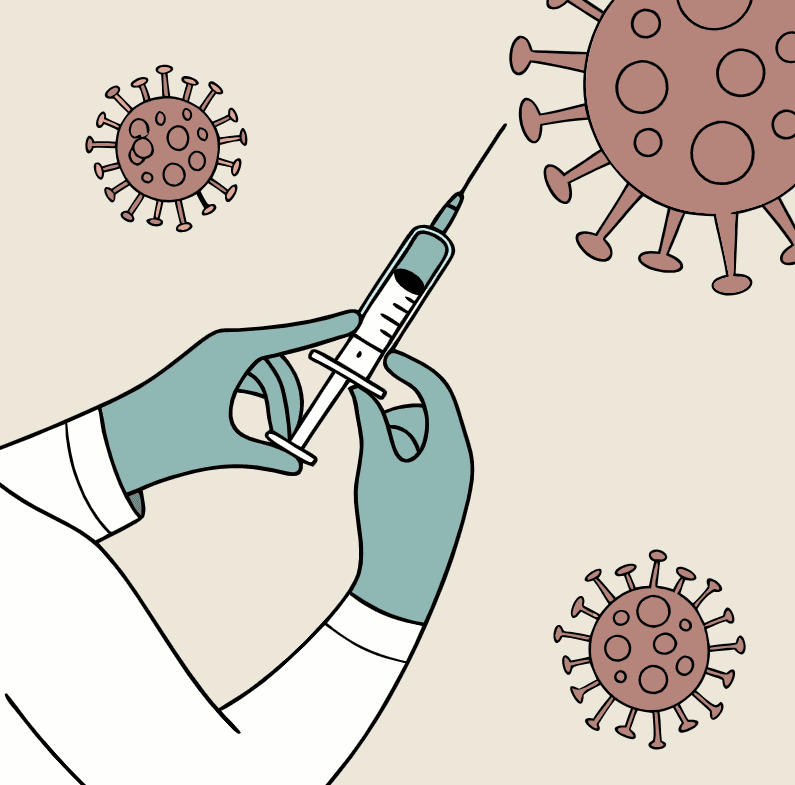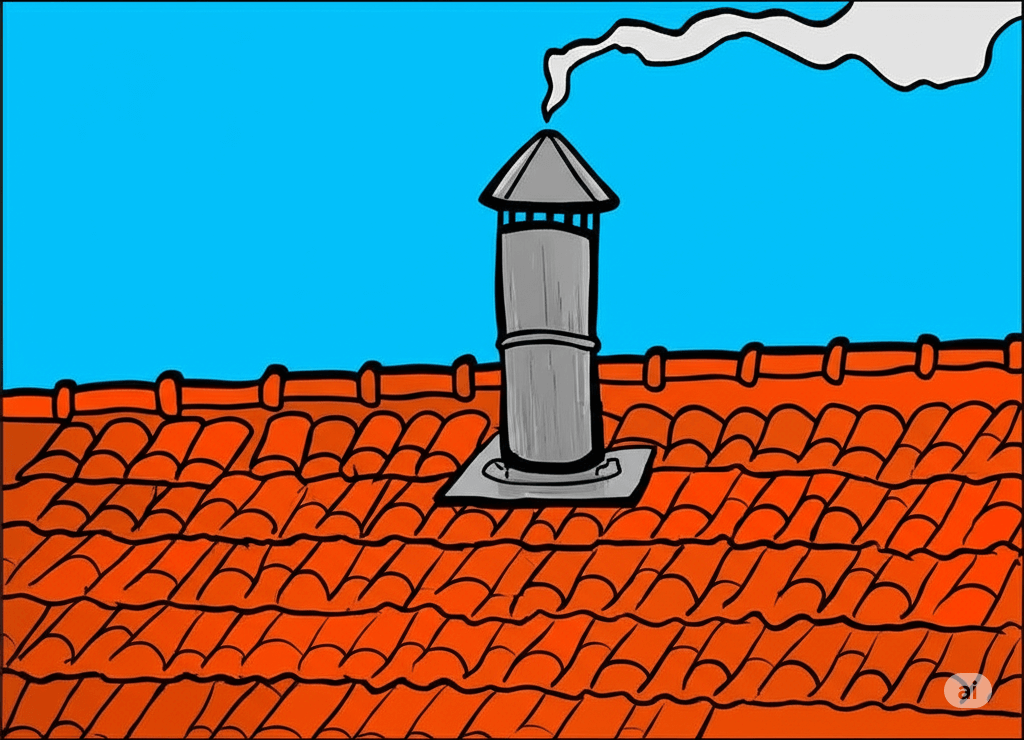
Table Of Content
- 🌟 Introduction: A Surprising Return
- 🌍 What Exactly Is Measles?
- 🔥 7 Reasons Behind the 2025 Measles Resurgence
- 1. Declining Vaccination Rates
- 2. COVID-19 Pandemic Disruptions
- 3. Global Mobility and Travel
- 4. Outbreak Clusters in Vulnerable Communities
- 5. Vaccine Misinformation and Hesitancy
- 6. Complacency About Measles Risks
- 7. Inadequate Public Health Responses
- 🛡️ How to Protect Yourself and Your Family
- 🤒 What to Do If You Suspect Measles
- 🌟 Why Vaccination Matters More Than Ever
- 📢 Final Thoughts: Moving Forward Together
🌟 Introduction: A Surprising Return
Remember those childhood diseases we thought were things of the past? Well, measles has staged quite the unwelcome comeback tour in 2025. This highly contagious viral infection that was declared eliminated in the United States back in 2000 is now making headlines again across America and Europe. The red rash we hoped to never see again is showing up in daycares, schools, and communities—leaving many of us wondering what went wrong. The measles outbreak 2025 has caught many by surprise, reminding us that even diseases we thought were conquered can resurface under the right conditions.
Think of measles like that persistent party guest who refuses to leave despite clear hints. We thought we’d shown it the door decades ago, but here it is again, mingling with vulnerable populations and causing serious health concerns. But why exactly is this happening now, and what can we do to protect ourselves and our families?
In this post, we’ll explore the surprising return of this highly contagious disease, dig into the reasons behind its resurgence, and arm you with practical measles prevention strategies. Whether you’re a parent concerned about your child’s health or simply someone trying to navigate public health in 2025, this information could be vital for keeping yourself and your loved ones safe.
🌍 What Exactly Is Measles?
Measles isn’t just any ordinary illness—it’s a viral infection caused by the Measles morbillivirus that spreads like wildfire through respiratory droplets. But how does measles spread so efficiently? Imagine someone with measles coughs in a room, then leaves. The virus particles can still hang in the air for up to two hours, ready to infect the next unprotected person who walks in. This airborne transmission makes measles one of the most contagious infectious diseases known to medical science.
This virus is like the Olympic gold medalist of contagious diseases. If you’re unvaccinated and exposed to measles, you have a whopping 90% chance of catching it—odds that would make even the most daring gamblers think twice. Once infected, the virus gets to work causing the classic measles symptoms: high fever, cough, runny nose, red watery eyes, and of course, that characteristic rash that spreads from the head down to the rest of the body.
While those symptoms might sound like just another unpleasant but manageable illness, measles can be deceptively dangerous. It’s not just about feeling crummy for a week—this virus can lead to serious measles complications including pneumonia, encephalitis (brain inflammation), and in rare cases, death. For every 1,000 children who get measles, 1-2 will die despite the best medical care, making this far from a harmless childhood rite of passage. These potential measles fatalities underscore the importance of prevention and prompt medical attention.
🔥 7 Reasons Behind the 2025 Measles Resurgence
1. Declining Vaccination Rates
Remember how we used to joke about skipping a workout? Well, our collective “skipping” of vaccines has much more serious consequences. Measles vaccination rates have been steadily declining in many regions, creating pockets of vulnerability. The MMR (Measles-mumps-rubella) vaccine requires a coverage of about 95% to maintain herd immunity, but many communities have fallen well below this threshold.
Parents delaying or refusing vaccines for their children has become increasingly common, often fueled by misinformation spreading faster than the disease itself. Some communities have vaccine coverage as low as 70-80%, creating the perfect conditions for measles to make its dramatic comeback. It’s like leaving your front door wide open in a neighborhood with known burglars—trouble is bound to walk right in. This decline in immunization rates has been a key factor in the current measles outbreak.
2. COVID-19 Pandemic Disruptions
The COVID-19 pandemic threw a massive wrench into routine healthcare services worldwide. Regular vaccination programs were interrupted, postponed, or sometimes completely halted as healthcare systems focused on fighting the pandemic. According to UNICEF and WHO data, more than 117 million children worldwide may have missed measles vaccines due to pandemic-related disruptions.
These missed vaccinations created a “measles immunity gap” that’s now coming back to haunt us. Think of it as neglecting to patch holes in your roof during calm weather—when the storm finally hits, you’re left scrambling to deal with the leaks. That storm is now here in the form of measles outbreaks popping up across previously protected communities. The disruption in routine immunizations has contributed significantly to the current outbreak situation.
3. Global Mobility and Travel
Our interconnected world makes for wonderful vacation opportunities but also creates highways for disease transmission. As international travel rebounded after the pandemic restrictions, people began moving between regions with varying vaccination coverage. A traveler can contract measles in one country and unwittingly bring it home before showing any symptoms.
With measles being contagious four days before the rash appears, infected individuals can spread the virus without even knowing they’re sick. It’s like having an invisible ink pen that only reveals its marks days after you’ve written with it—by then, the damage is already done. This silent spread makes controlling outbreaks particularly challenging in our globally mobile society.
The measles outbreak map has become increasingly complex, with cases popping up in unexpected places. For instance, measles in Florida has seen a surprising uptick, likely due to tourism and international travel. Similarly, a measles outbreak in Texas and cases of measles in Georgia have health officials on high alert, demonstrating how quickly the virus can spread across state lines.
4. Outbreak Clusters in Vulnerable Communities
Measles doesn’t spread evenly across populations—it finds and exploits vulnerable communities. In 2025, we’ve seen significant outbreaks among groups with historically lower vaccination rates: certain religious communities, migrant populations, socially deprived neighborhoods, and institutional settings like prisons and refugee camps.
These clusters act as reservoirs where the virus can gain a foothold and then spread outward. In Romania alone, over 11,000 confirmed cases were reported in a recent 12-month period, primarily affecting communities with limited healthcare access. These outbreaks aren’t just statistics—they represent real people, many of them children, suffering from a preventable disease. The CDC measles outbreak reports have highlighted how these vulnerable communities often become epicenters for wider spread.
5. Vaccine Misinformation and Hesitancy
The internet has given us cat videos and instant recipes, but it’s also become a breeding ground for vaccine misinformation. Social media algorithms often amplify controversial health claims, creating echo chambers where misconceptions about vaccine safety go unchallenged. A discredited study from 1998 linking the MMR vaccine to autism continues to fuel hesitancy despite being thoroughly debunked.
This misinformation landscape has created what public health officials call “the confidence gap”—where even parents who aren’t strictly “anti-vaccine” may delay or selectively vaccinate their children out of unfounded concerns. It’s like having a perfectly good umbrella but choosing not to use it in a rainstorm because someone on the internet claimed umbrellas attract lightning—you end up soaked for no good reason. This hesitancy has directly impacted vaccine effectiveness at a population level, as it reduces overall coverage.
6. Complacency About Measles Risks
Success sometimes breeds its own problems. After measles was declared eliminated in many countries, people forgot how serious the disease can be. Many of today’s parents and even some healthcare providers have never seen a case of measles, making the threats seem theoretical rather than real. This complacency has led to a dangerous “out of sight, out of mind” mentality.
When we don’t see the consequences of a disease firsthand, it’s easy to underestimate its risks while overestimating the perceived risks of vaccination. It’s similar to how people often become lax about locking their doors after years of living in a neighborhood with no break-ins—until that security is breached, the precaution seems unnecessary. This complacency has contributed to lower measles vaccination rates and reduced vigilance in monitoring for potential outbreaks.
7. Inadequate Public Health Responses
Budget cuts to public health departments in many regions have hampered surveillance, outreach, and rapid response capabilities. When measles cases do appear, under-resourced health systems struggle to contain outbreaks before they spread. Contact tracing and isolation, crucial tools for containing measles, require personnel and resources that many health departments simply don’t have in 2025.
Additionally, public health messaging about vaccination has sometimes failed to address concerns in culturally appropriate ways. One-size-fits-all approaches to vaccine promotion don’t always resonate with diverse communities that may have specific concerns or access barriers. Effective public health requires not just good medicine but good communication—something that’s been lacking in our response to the measles resurgence. Improved active surveillance and more robust outbreak response strategies are needed to effectively combat the current situation.
🛡️ How to Protect Yourself and Your Family
Thankfully, measles prevention isn’t rocket science—it’s well-established, effective, and accessible to most people. The MMR vaccine remains our most powerful shield against this highly contagious disease, providing about 97% protection after two properly timed doses. If you’re not sure about your vaccination status, now is the perfect time to check with your healthcare provider.
For parents, staying on schedule with your child’s vaccinations is crucial. The CDC recommends children receive their first MMR dose at 12-15 months and the second dose at 4-6 years. However, during outbreaks, this schedule might be accelerated, with the second dose given as soon as 28 days after the first for better protection. Don’t worry if you’ve fallen behind—it’s never too late to catch up on missed vaccines.
If you’ve been exposed to someone with measles and aren’t fully vaccinated, don’t panic—but do act quickly. Getting vaccinated within 72 hours of exposure can sometimes prevent the disease entirely or at least make symptoms less severe. This post-exposure prophylaxis can be a crucial intervention in outbreak situations. For high-risk individuals like pregnant women or measles in babies under 12 months who can’t be vaccinated, immune globulin can provide temporary protection if given within six days of exposure.
🤒 What to Do If You Suspect Measles
If you or a family member develops symptoms like high fever followed by a rash that starts on the face and spreads downward, it’s time to call your healthcare provider—but don’t just show up at their office. Because measles is so contagious, call ahead so they can prepare to minimize exposure to other patients. Mention any recent travel or known measles exposures to help with diagnosis.
While there’s no specific treatment for measles itself, supportive care makes a big difference. Rest, plenty of fluids, and fever-reducing medications like acetaminophen or ibuprofen can help manage symptoms. Keep the room darkened if light sensitivity is an issue, and use a humidifier to ease cough and sore throat. Remember to avoid aspirin for children due to the risk of Reye’s syndrome. Some healthcare providers may also recommend vitamin A supplements, which can help reduce the severity of the illness, especially in children with vitamin A deficiency.
Isolation is crucial to prevent spreading measles to others. Stay home from work, school, or public places until at least four days after the rash appears. This contagious period is when the risk of transmission is highest. It might feel like overkill, but remember—one person with measles can infect up to 18 unvaccinated people in a typical modern setting. That’s a lot of potential suffering you can prevent with a few days of Netflix and rest!
🌟 Why Vaccination Matters More Than Ever
The measles resurgence of 2025 isn’t just a public health issue—it’s a reminder of how quickly we can lose ground against diseases we once thought defeated. Vaccination isn’t just a personal choice; it’s a community act that protects those who can’t be vaccinated due to age or medical conditions. When you vaccinate your family, you’re helping build a wall of protection for everyone.
Think of community immunity like a neighborhood watch program—the more people who participate, the safer everyone becomes. Each vaccinated person is one less potential host for the virus, making it harder for measles to find vulnerable individuals. This collective protection is especially important for babies under 12 months, pregnant women, and people with compromised immune systems who rely on others’ immunity for their safety.
The MMR vaccine has prevented an estimated 23.2 million measles deaths worldwide since 2000. That’s not just a statistic—it represents millions of children who grew up, millions of families spared grief, and millions of potential futures preserved. When we maintain high vaccination rates, we’re not just preventing disease; we’re protecting human potential on a massive scale.
📢 Final Thoughts: Moving Forward Together
Measles may be making headlines in 2025, but this doesn’t have to be our new normal. With concerted efforts to address vaccine hesitancy, improve access to immunizations, and strengthen public health systems, we can push back against this resurgence and restore protection for vulnerable communities worldwide.
The road back to measles elimination will require more than just vaccines—though they remain our most important tool. We need better education about vaccine safety, culturally sensitive outreach to hesitant communities, and stronger public health infrastructure to detect and respond to outbreaks quickly. Most importantly, we need to rebuild trust in science and collective action for public health.
As individuals, the most powerful step we can take is ensuring our own families are protected through vaccination and advocating for evidence-based health policies in our communities. By combining personal responsibility with collective action, we can turn the tide against measles once again—and ensure that the outbreaks of 2025 become nothing more than a cautionary chapter in public health history. Let’s work together to implement effective measles prevention strategies and protect our communities from this resurgent threat.
Please share this article if you like it!








